Key Takeaways:
- Tympanometry is a quick way to assess the middle ear and determine whether the eardrum and middle ear bones are responding normally to changes in pressure.
- This test is often part of a work-up for complaints of ear fullness, ear pain, ear infections, or other suspected ear conditions.
- In combination with a comprehensive audiogram, an audiologist can diagnose the type of hearing loss and make approach referrals (i.e., to an ENT who may recommend treatment with medication, surgery, or other options).

If you've ever gone to the ear doctor because of a muffled feeling in your ear or if you had a history of ear infections, you've probably been through a tympanometry test.
This test measures the health of your eardrum and middle ear space – but how does it actually work?
What is tympanometry?

Tympanometry is a test that is used to assess your middle ear function. It is quick, painless, and noninvasive.
This test is often used to diagnose problems with the eardrum or middle ear such as fluid in the middle ear, perforation of the eardrum, or other middle ear problems.
The test works by measuring how well your eardrum moves in response to changes in air pressure.
A small probe is placed into your ear canal, and your eardrum's response to air pressure changes is measured.
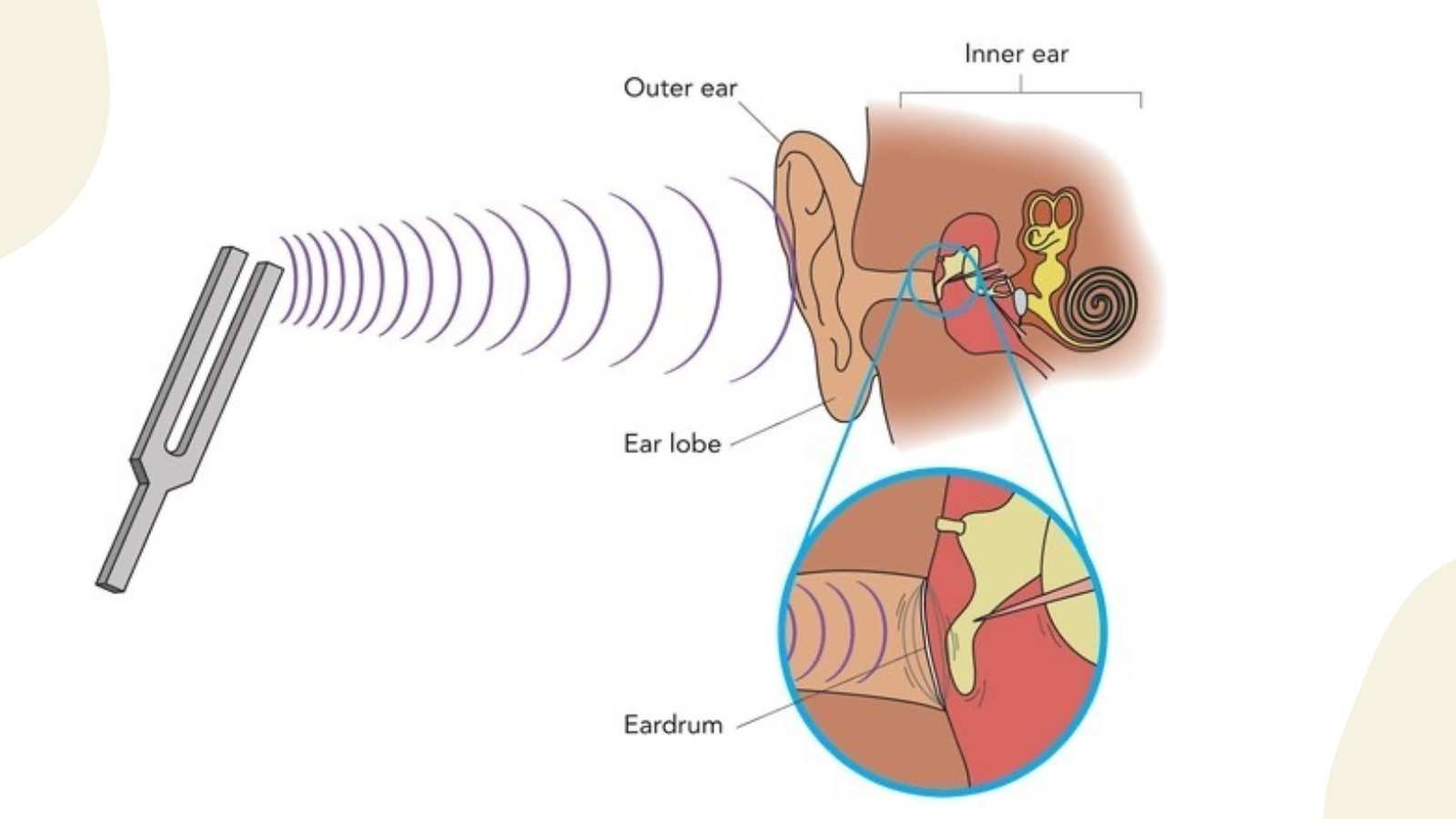
The test itself is very brief, lasting only seconds. It feels a little like going up in an elevator, and you'll hear a humming sound while it runs. The results of the test can help your doctor determine if there is a problem with your eardrum or middle ear.
The eardrum is made of three layers, with each of these contributing to how we hear sound in our environment.
As sound is funneled into the ear, motion from sound waves in the air causes the eardrum to move.
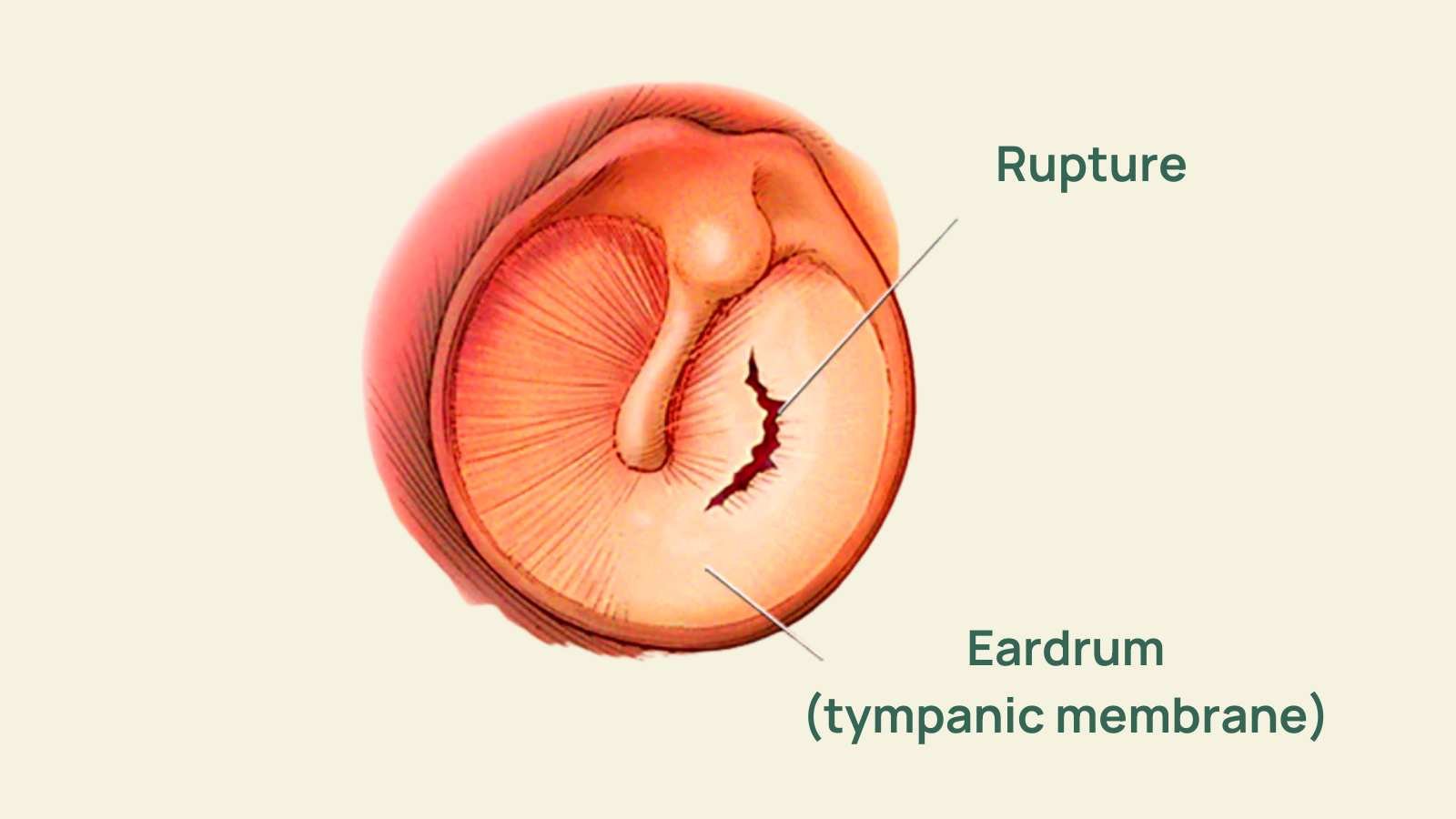
Movement from the eardrum then triggers the bones in the ear, called ossicles, to move in a chain reaction.
The movement of those bones then transforms into hydraulic energy as the stapes bone pushes on a membrane connected to the fluid-filled inner ear.
Isn't it amazing that movement from air particles moves the eardrum, and we perceive that movement as sound?
A healthy middle ear space is filled with air, allowing for the eardrum and ear bones to move easily.
If you have fluid in your ear or other middle ear problems, it can make it hard for you to hear because it prevents the eardrum from moving normally.
How does tympanometry work?
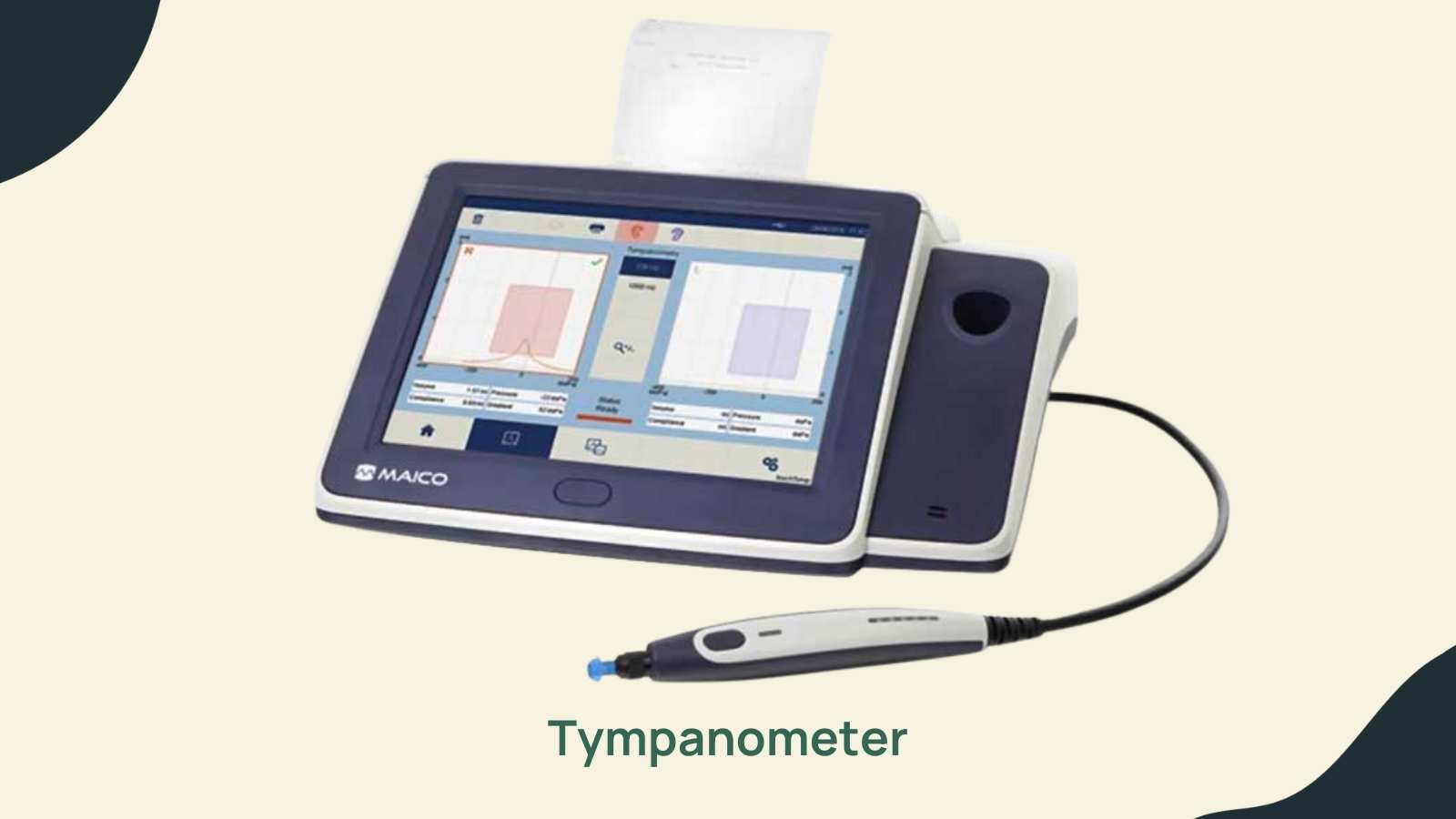
Now that you know a little bit more about how the ear perceives and processes sound, understanding how tympanometry works should be a little bit easier. A tympanometer has three parts:
- An air port that sends air into the ear space
- A small speaker
- A microphone to record how the eardrum responds
A probe is placed in the ear with an end piece that will allow it to seal up the ear space.
Once the piece rests in the ear with an air-tight seal, the machine will change the pressure to find the degree of pressure that matches your middle ear space. As the probe changes the pressure, the machine will measure how well the eardrum moves in response to the vibration.
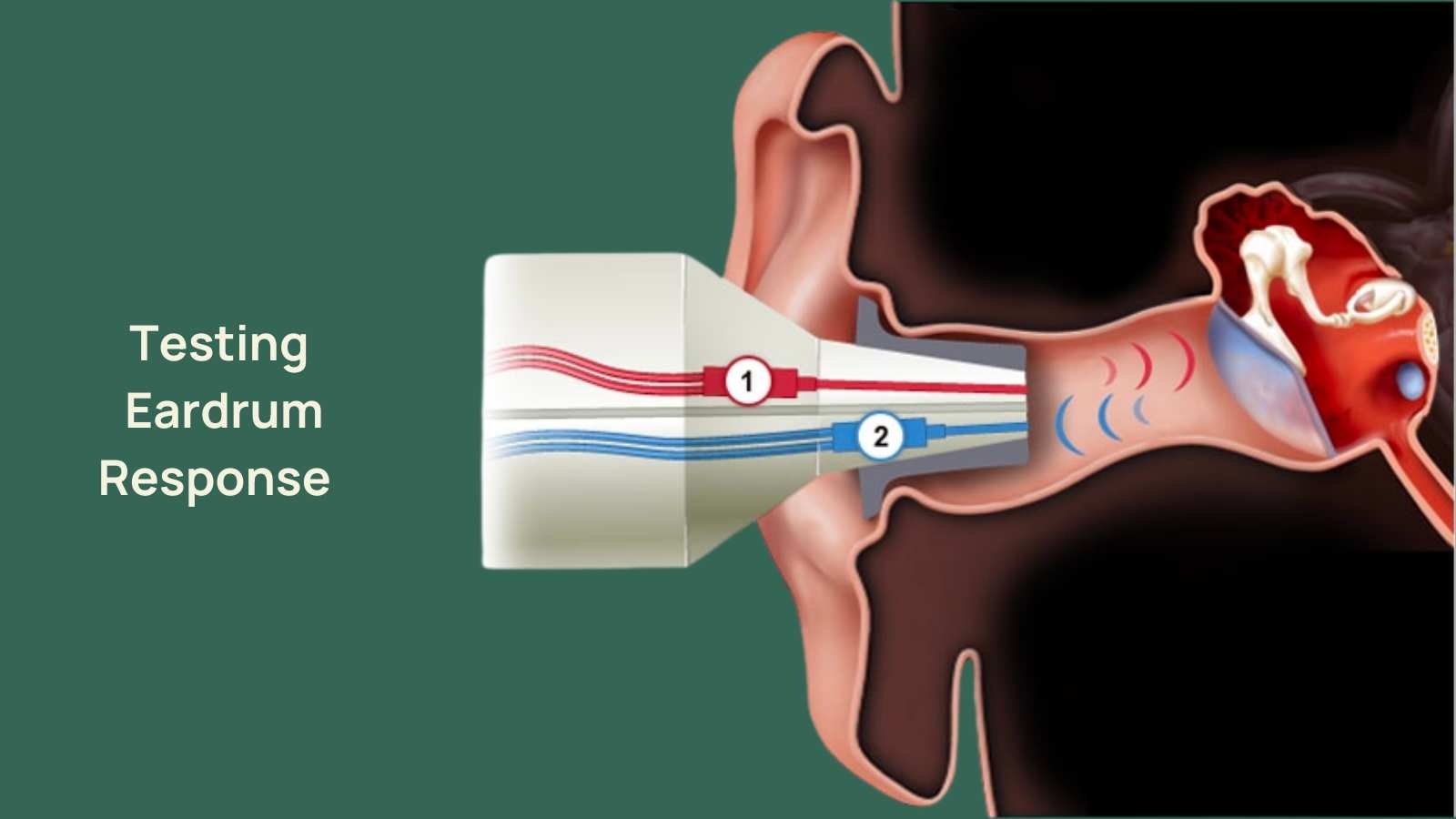
All of this is why it's important to sit quietly and not talk while the test is running. Any talking, yawning, or moving can interfere with the test.
The tympanogram will show if there are any abnormalities in how well the eardrum moves. A
bnormalities can be caused by fluid in the middle ear, perforation of the eardrum, or inflammation in the middle ear.
In combination with a comprehensive hearing test, tympanometry can confirm whether the middle ear is the source of your hearing difficulty.
Normal tympanometry results
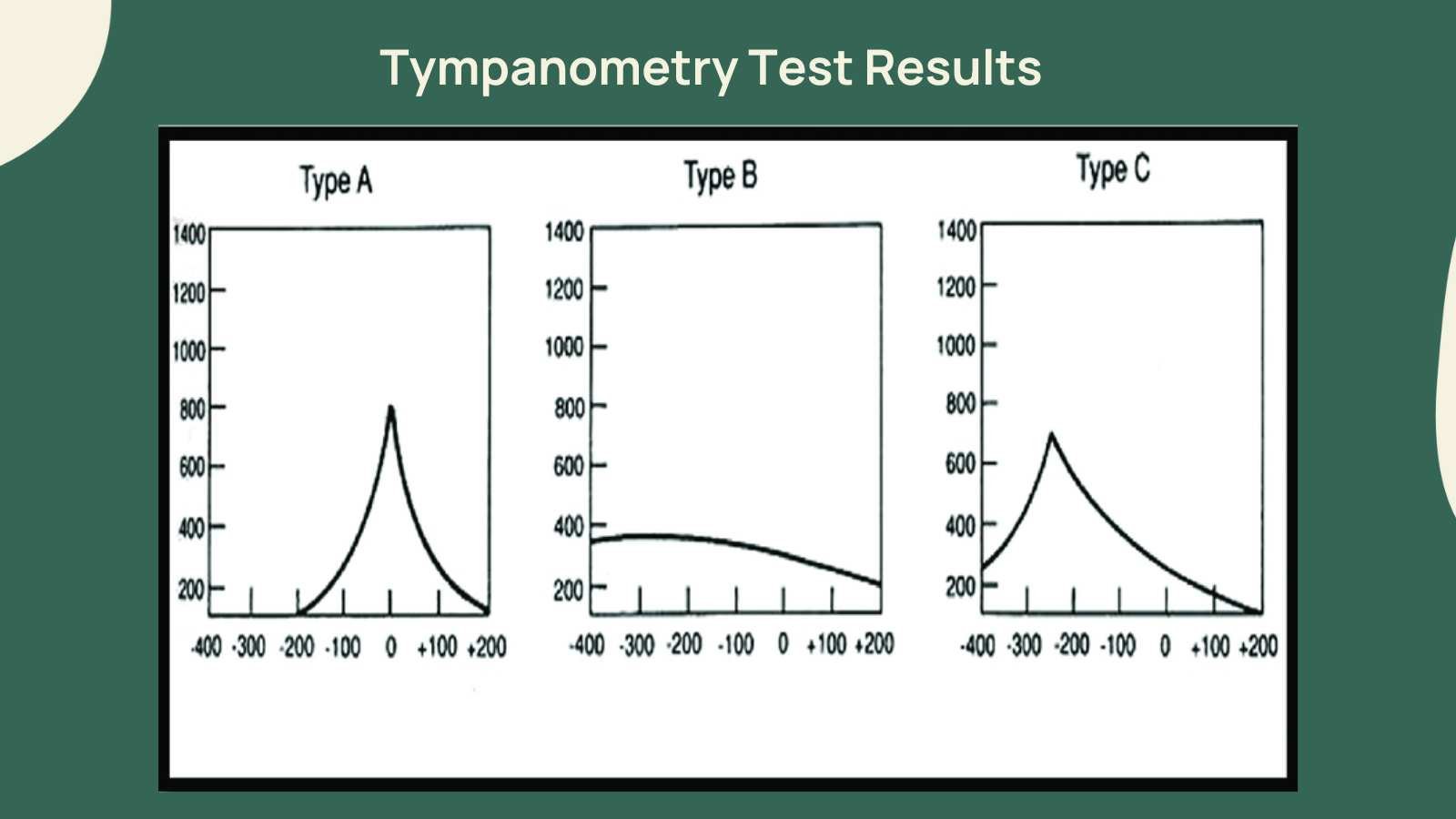
A normal tympanogram (called "type A") shows that your eardrum moves easily in response to changes in air pressure. It resembles a mountain or teepee.
Abnormal tympanometry results
An abnormal tympanogram might show that your eardrum does not move as easily or that there is fluid in your middle ear. If you have an abnormal tympanogram, this on its own does not necessarily mean that you have hearing loss. However, it may mean that you have a problem with your eardrum or middle ear that needs to be treated by a doctor.
A graph with a flat line (called "type B") suggests that there is fluid or something else preventing the eardrum from moving. If the ear canal volume is larger than normal, it suggests that there is a hole in the eardrum.
The eardrum may also show movement but have difficulty responding to changes in pressure. The result is a triangular shape (a "type C") that is shifted to the left of the graph.
This result suggests either sinus allergies, a resolving cold, or something called Eustachian tube dysfunction. Normally, if we yawn or swallow, pressure in the middle ear space equalizes.
If there is a problem with the Eustachian tube opening and closing to equalize the pressure, the result is negative pressure that won't equalize. This means the eardrum is pulled back or retracted towards the middle ear space in a sort of vacuum.
Do I need a tympanometry test to get hearing aids?
No, you do not need a tympanometry test to get hearing aids.
However, this test may be recommended if you are experiencing symptoms such as fullness in the ears, conductive hearing loss, or pressure changes.
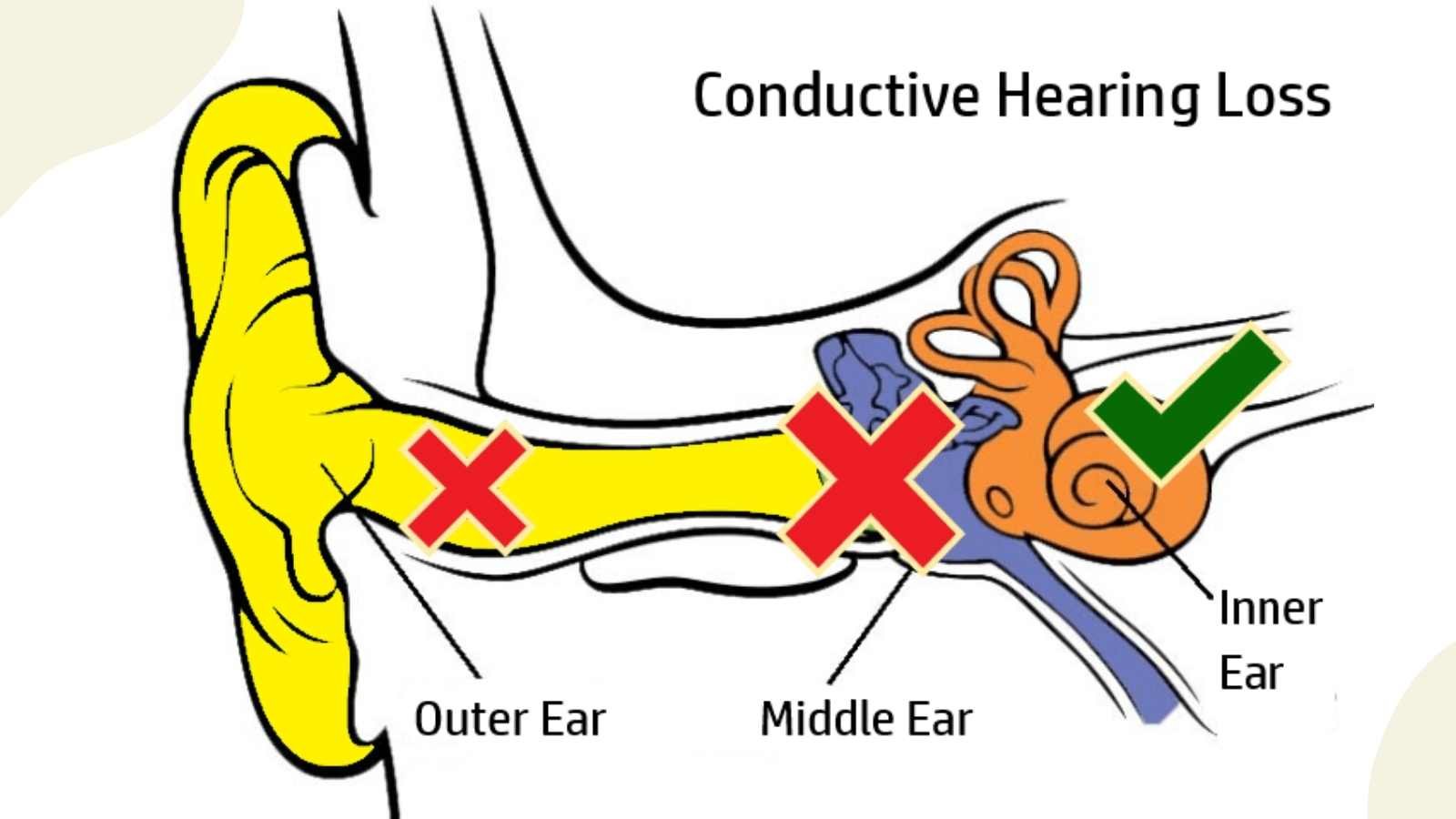
The results of this test can help determine if there is a problem with your Eustachian tube or middle ear that is causing these symptoms.
Patients with chronic ear infections will often have PE tubes placed in their ears. A tympanogram can also show whether the PE tube is open and allowing air through or whether it is plugged up.
If the PE tube is blocked, this can interfere with how you're hearing. The doctor will want to take a look and anything that is blocking the PE tube.
What Next?
If you have an abnormal tympanogram, it does not necessarily mean that you have hearing loss.
However, a comprehensive hearing test and tympanogram can help identify what type of hearing loss you have and how to best address it.



.jpg)


